4 steps to gaining momentum with your talent initiatives.
This question comes from a member of our private group. (I’ll add the link to join the group at the bottom of the article)
Albena, is a Global HR partner for a company in the travel industry. They have been greatly impacted by COVID.
Albena asks:
“We are launching many well-being and talent initiatives but we have slow uptake and, there seems to be lack of interest. How do you generate enthusiasm and interest from your workforce? I should mention my company is severely impacted by COVID so I believe this also influencing people's minds and hearts.”
Greg’s response:
It's a challenge. We all understand that.
There's some really interesting approaches that you can do in order to get momentum.
I want to talk through this model and actually this model is based on Wilder's research where they were looking at factors of collaboration.
What Wilder had actually done was to look at 414 independent survey results.
They filtered that down to 40 key consistent results and then with that they identified 24 factors.
I'm not going to go through the 24 factors, but only the four.
Wilder identified is that the first thing that you need to do is to have a compelling context.
People need to know what the change is.
The second thing that people need to do is, as leaders, you need to have the right people on the team in order to get the momentum happening.
Then that will lead naturally to the third thing, which is having support and momentum.
The fourth factor that Wilder identified was to get people to operate in collaboration.
Now let's go into a bit more detail.
If we think about the first step, which is about having the compelling context, then what you need to do is to factor that in.
Can your initiative support the organizational goals and directions over the next 6 to 12 months?
But also too, how does that cross over to the different boundaries so that people aren't working in silos?
Consider how can you communicate out the context so that these silos are permeable, which means that you can actually integrate with each of these silos.
The second thing is about having the right players and the key thing with that, is about casting the net wider.
So you might find with your immediate project, you might have areas of expertise but is there a chance that you can cast the net wider, where you might have people on board that maybe the cheerleaders, or those people who are maybe the subject matter experts.
So, we need to think about how we can close those gaps and then that ties back into the compelling context that is, how do I put the communication in the context that is relevant to maybe those people from IT, for example, that I'll want to come along versus those people from marketing.
If we can communicate in that context by having the right people driving this project, then it will start to build momentum.
This ties into the third key point around this model, which is about support and momentum.
If people can see the practicality of why you want them to get involved, and if people can actually see the personal reason of what's in it for them, there's a high chance that support and momentum will be there.
Collaboration is the fourth point of this model.
So the key point about collaboration is about conflict management, not so much about conflict resolution, but it is about effectively looking at conflict management.
In order for teams to work highly effectively then they need to have shared goals, shared knowledge, but also shared respect.
So if you don't have shared goals, shared knowledge and shared respect, then there's no way that collaboration is going to happen.
The role of any initiative leader is to use draw strategies to engage people in the workplace by having a compelling context, by having the right people on the team, getting momentum happening with good messaging but also too, if we can work in collaboration with people to maybe see the value of the initiative for them as a leader, our job is primarily to set the goals, bring people together, create enthusiasm, foster cooperation, but also seek creative ways to resolve conflict.
Albena, I hope that helps!
If you are a CEO, CFO or HR Manager please join my private group of global workplace leaders. Gain insights into how other organisations across the world are navigating through the leadership challenges of today.
Link: https://www.facebook.com/groups/employeeengagementstrategies
